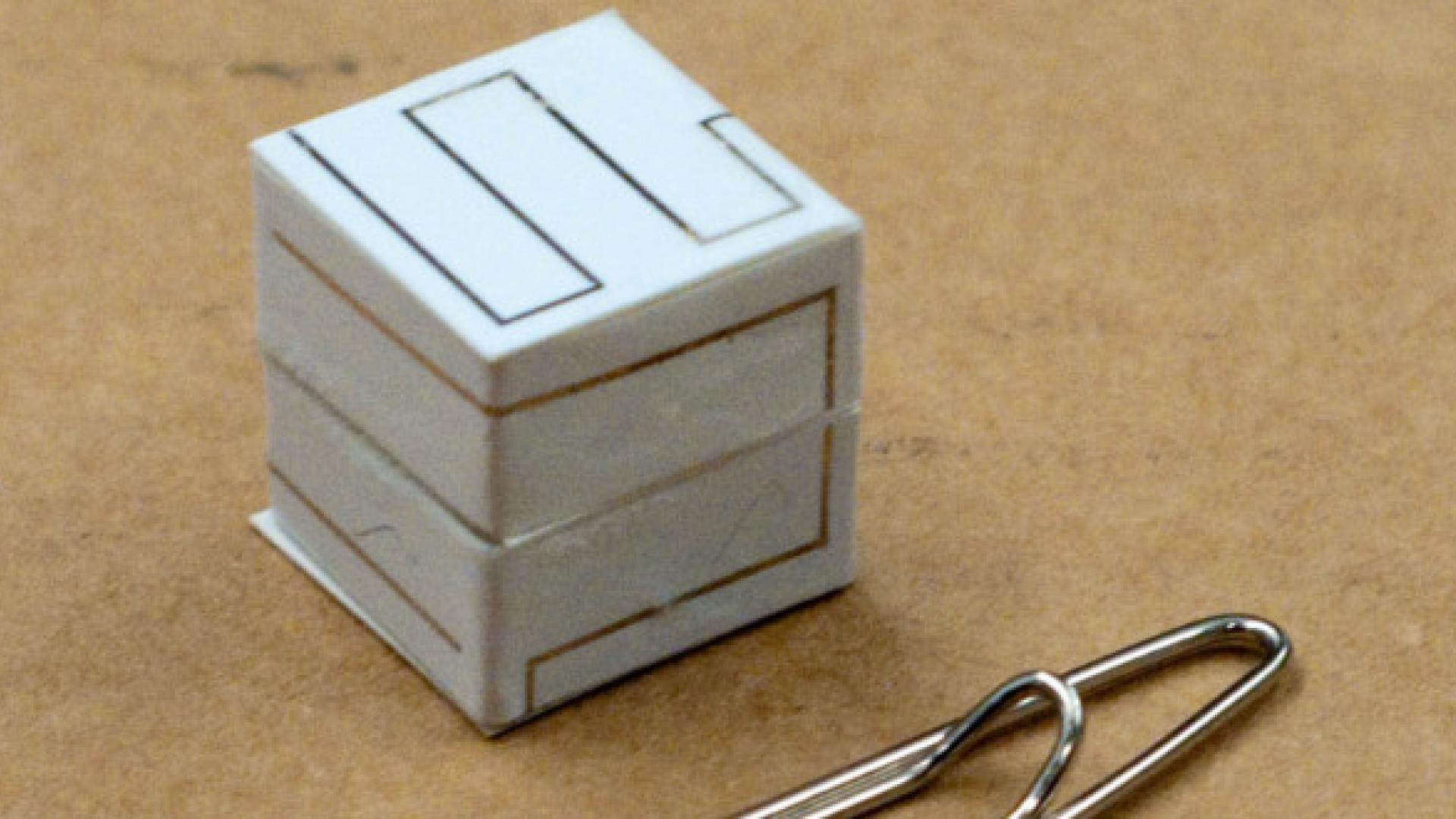© IEEE
A sensor developed by KAUST researchers can help mitigate the impact of flash floods by monitoring the direction and speed of incoming floodwater. These inexpensive, paper-based devices are designed to float along with flowing water and emit early warning signals for population centers to evacuate.
Existing flood detection systems rely on fixed sensors, such as water level monitors or satellite imagery, to notify vulnerable locations. But these methods are expensive and only feasible for scrutinizing existing flood plains. Wide-scale monitoring, especially in remote environments, are particularly hard to implement. Many flood prone places are least able to invest in expensive technology.
One solution is to use disposable mobile sensors that detect water movement by drifting along with the flood, and radio signals back to fixed network nodes. These nodes then relay this information to a central network station for processing. However, most existing sensor materials are too costly for throwaway applications.
Muhammad Farooqui, under the guidance of Assistant Professor of Electrical Engineering Atif Shamim, turned to paper-based electronics for a more disposable solution. “Paper is one of the cheapest materials known and costs around a tenth of plastics,” says Farooqui. “Immersing paper-based electronics in water is challenging, however, because liquid can easily seep through and damage the circuits.”
Read the full article


